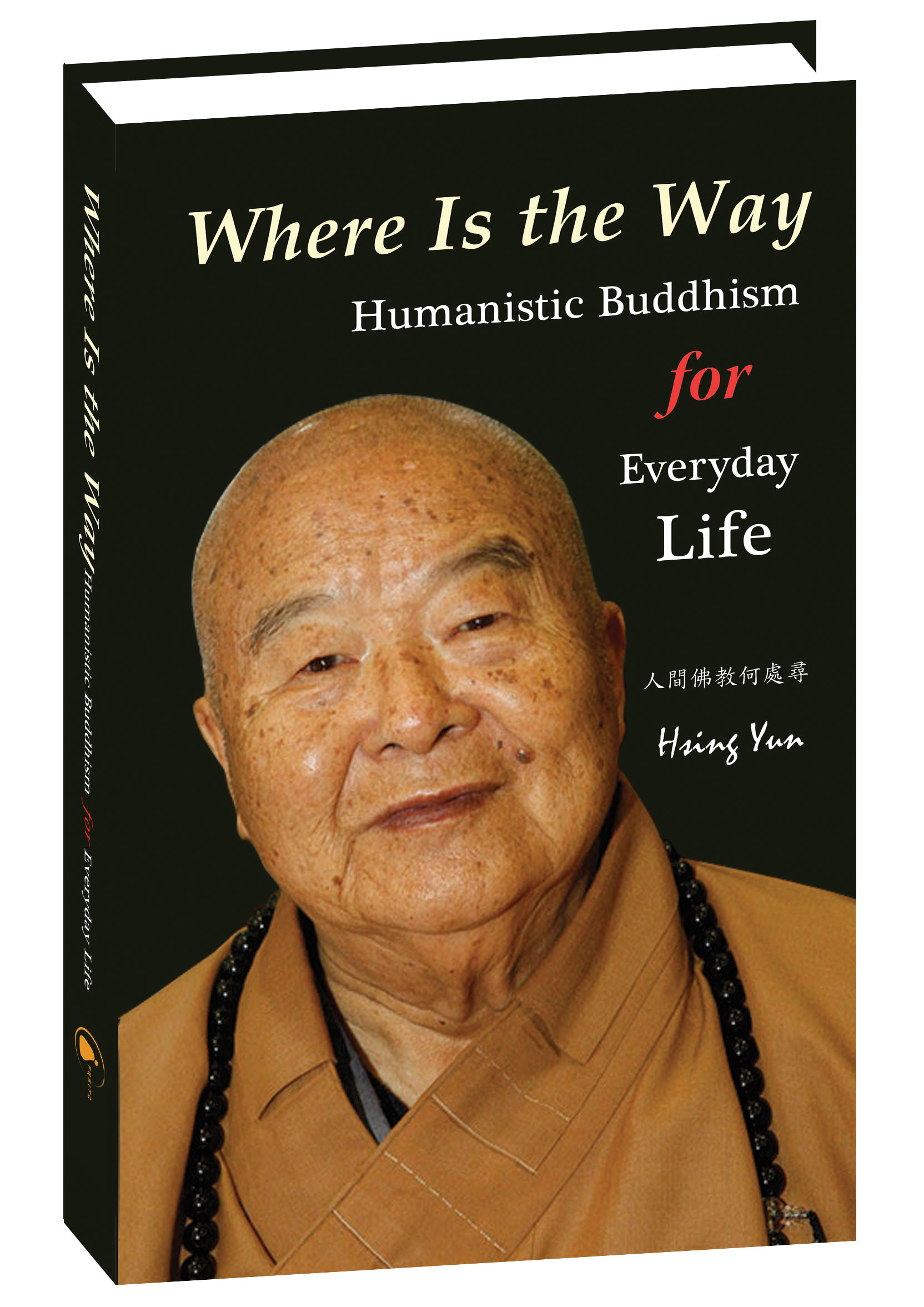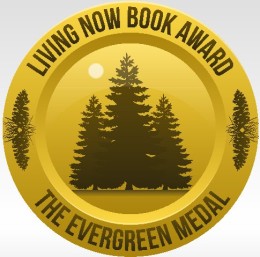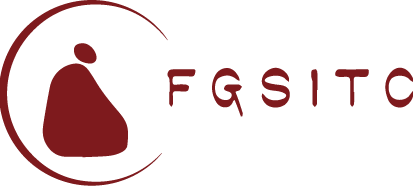

EVERGREEN MEDAL FOR SPIRITUAL LEADERSHIP
In 2015, the English version of Where Is the Way? won the United States “Living Now ● Evergreen Medal for Spiritual Leadership” Gold Medal Award.
星雲大師的譯作英文版《人間佛教何處尋 Where Is the Way?》榮獲美國2015年年度『活在當下●長青領袖金牌獎』!這一獎項是表揚西元二千年至今十五年間,出版具有影響社會人群及改變世界言論的書籍。
美國獨立出版業詹金斯集團(Jenkins Group)『活在當下Living Now』書籍評委會特別推薦英文版《人間佛教何處尋 Where Is the Way?》為『長青精神領袖金牌獎』。
美國獨立出版業詹金斯集團的這一長春獎項,最難得的是它包含十五年的出版書籍,舉凡有利於個人、群體及地球生態,更能促進人類身心靈健康、豐富生活內涵、充實生活知識都可列入參選行列,從淋灕滿目的參選書籍中,《人間佛教何處尋 Where Is the Way?》能脫穎而出,這證明星雲大師的人間佛教思想、化世益人的言論獲得了西方人士的讚許和認同。
『活在當下Living Now』評委會除了給予這項殊榮,並且引言說明 : 「當我們相信所有的眾生都擁有無限的自性和本能,我們的人生會是多麼美好!最自在快樂的生活以及盡最大能力去幫助別人,依於我們的能力及願心。」文字間流露的平等與互助,讓讀者能更懂得樂觀及待人處世。也因被此強大的心力深深地感動,評委會將精神領袖金牌獎授予了該書。
In Where Is the Way? Humanistic Buddhism for Everyday Life, Venerable Master Hsing Yun outlines the basic principles of Buddhism and shows how they can help us navigate our world.
Compassion, relationships, education, entertainment, love, wealth, the environment, government, democracy–Hsing Yun addresses all of these topics and more. He does so using stories and anecdotes pulled from today’s headlines, recent history, ancient texts, and his own personal experiences, relating them with a down-to-earth style.
The book is divided into four major parts: “Waking Up,” “Living in the World,” “Staying on the Way” and “Moving Forward on the Dharma Journey.” It also includes a helpful glossary of names and terms, as well as a glossary of sutras and texts, so that readers can easily look up Buddhist terminology with which they might not be familiar.
Hsing Yun starts out by explaining the cornerstone of the Buddha’s teachings–the Four Noble Truths–and then shows how we can act in response to them through the Four Universal Vows. After establishing this foundation, the book explains the key concept of dependent origination, as well as the role of knowledge and faith in Buddhist practice.
Hsing Yun gives us concrete examples of how Buddhism can guide us in our daily lives, among them: how to maintain good relations with others; how to deal with difficult people; how athletics, music, and the arts enrich our lives; the importance of using one’s time wisely; the nature of wealth; the role of politics; and the importance of being environmentally conscious.
In short, Hsing Yun strives to clear up any misconception that Buddhism advocates cold detachment from our surroundings; in fact, he demonstrates that Buddhism is a religion of active engagement with the world around us.
The book then goes on to outline the next steps to becoming a Buddhist and what that means.
Hsing Yun explains the meaning of taking refuge in the Triple Gem–the first, formal step onto the Buddhist path–by not only defining it but also by answering some common questions that readers may have about its implications. He also defines the Five Precepts–to refrain from killing, stealing, sexual misconduct, lying, and consuming intoxicants–and how observing them is freeing, rather than limiting.
“In Buddhism there is the concept of the pure land. A pure land is a realm created through the power of the Buddha’s vows to ease the suffering of living beings. All people would like to live in a place such as this,” Hsing Yun writes. “Humanistic Buddhism seeks to create a pure land on Earth.”
In the end, Where Is the Way? Humanistic Buddhism for Everyday Life gives us a blueprint for bettering our world in the here and now.
